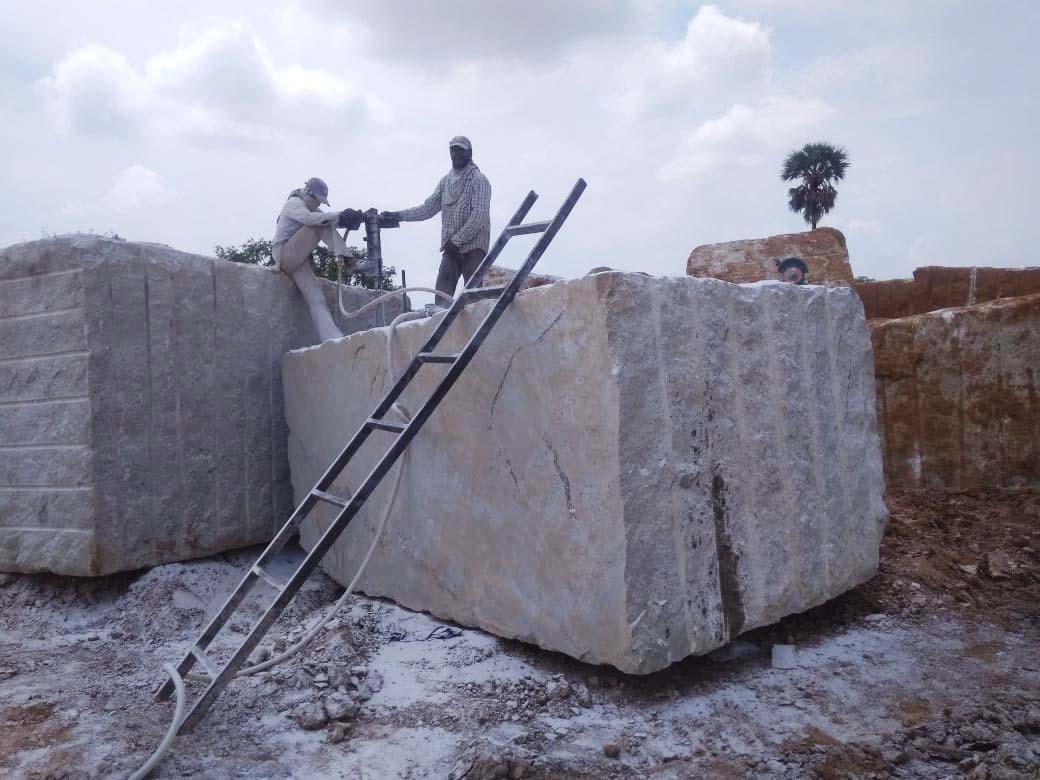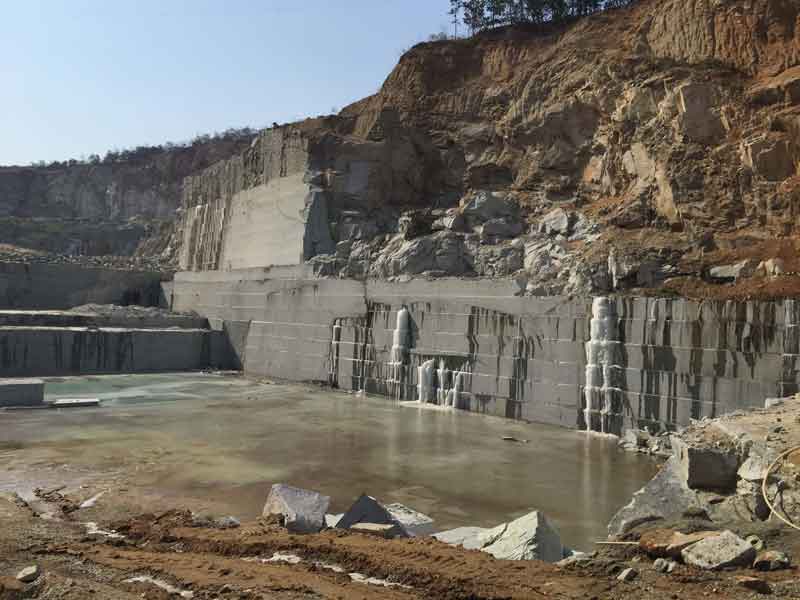Granite Quarries in South Africa Wonders: Exploring the Quarry Landscape
Granite Quarries in South Africa Wonders: Exploring the Quarry Landscape
Blog Article
Unleashing the Beauty and Longevity of Granite Quarry: A Journey Via Time
Granite quarries stand as testimonies to both the geological marvels of our planet and the long-lasting workmanship of humanity. The journey with time that granite quarrying represents is an engaging story of advancement, determination, and the detailed dance between nature and industry. Comprehending the origins of this old-time practice, the advancement of techniques and devices utilized, and the modern importance of granite quarrying introduces a tapestry abundant in history and importance. As we peel off back the layers of time and explore the intricate globe of granite quarrying, we discover a tale that not only showcases the charm and longevity of this stunning stone however additionally clarifies the profound impact it has had on civilizations past and existing.

The Origins of Granite Quarrying
In the record of history, the beginnings of granite quarrying can be mapped back to old civilizations where the pursuit for long lasting structure products sustained the emergence of this classic craft. From the marvelous frameworks of old Egypt to the magnificent temples of Greece, granite has actually been revered for its stamina, elegance, and durability. The Egyptians, with their innovative quarrying strategies, were amongst the initial to draw out granite on a huge range, utilizing it to construct monumental pyramids and complex statues that have endured the examination of time.
As human beings developed, so did the methods of quarrying granite. The Romans better fine-tuned the methods, developing tools and machinery to essence and transportation granite over large distances for their building projects. The longevity and visual charm of granite made it a treasured product for sanctuaries, monuments, and sculptures throughout the ages.
Today, the legacy of ancient quarrying techniques survives, with modern innovation boosting efficiency while still admiring the craftsmanship of our forefathers. The origins of granite quarrying act as a testimony to human resourcefulness and the long-lasting allure of this honorable rock.
Tools and Strategies of Quarrying
Quarrying granite requires customized tools to draw out the stone from the planet effectively and with accuracy. Modern quarries utilize diamond-wire saws, high-powered drills, and explosives to damage apart the granite in a controlled manner.
In addition to innovative machinery, standard hand tools are still used in specific quarrying procedures to guarantee delicate precision in removing the stone. Chisels, hammers, and wedges are utilized by experienced quarry employees to separate granite obstructs along all-natural cracks, a strategy that has actually been given via generations.
Furthermore, techniques such as drilling upright and straight holes for inserting plumes and wedges, as well as the controlled use of nitroglycerins in strategic locations, enable quarry workers to extract granite efficiently while preserving the stability of the stone. The harmony in between contemporary innovation and typical workmanship is vital to the lasting quarrying of granite for generations to find.
Evolution of Granite Quarries
The redirected here change of granite quarries gradually reveals an interesting story of technological advancement and market evolution. From ancient times where hands-on tools like knives and hammers were used to draw out granite blocks, to the commercial revolution presenting steam-powered equipment for faster quarrying, the advancement of granite quarries has been noted by significant developments. In current years, the development of ruby cable saws and advanced boring technologies has actually transformed the removal process, permitting much more exact cuts and reduced waste of raw material.

Granite Quarrying in Modern Times
The progression of granite quarrying strategies from historical reliance on guidebook tools to the advanced techniques of contemporary times underscores an impressive journey of technological development and sustainability practices within the market. In modern granite quarrying, progressed machinery such as ruby cable saws, high-capacity excavators, and electronic exploration devices have revolutionized the removal procedure. These tools boost efficiency, precision, and security, enabling bigger quantities of granite to be removed in a shorter duration contrasted to conventional techniques.
Furthermore, contemporary quarrying practices focus on sustainability and environmental stewardship - granite quarries in south africa. Firms are increasingly adopting environment-friendly strategies like water reusing systems, dust suppression technologies, and rehabilitation prepare for exhausted quarries. These initiatives intend to decrease the ecological impact of granite extraction, preserve natural deposits, and bring back quarried landscapes to this their initial state
Additionally, the assimilation of digital innovations like drones, general practitioner monitoring, and 3D modeling has allowed quarry drivers to maximize operations, boost decision-making, and ensure the sustainable management of resources. By accepting innovation and sustainability, the granite quarrying sector in modern-day times remains to flourish while maintaining environmental obligation.

Maintaining and Safeguarding Granite Quarries
Amidst the developing landscape of granite quarrying techniques, preservation and defense of these useful all-natural websites have ended up being paramount worries for market stakeholders and environmental supporters alike. As granite quarries remain to be an essential source of this desirable stone, it is important to adopt lasting strategies that guarantee their durability and secure surrounding environments.
Maintaining granite quarries includes executing effective recovery plans to restore the land post-extraction. granite quarries in south africa. This process includes improving the terrain, replanting indigenous plant life, and producing habitats for wild animals to flourish. By restoring quarries to their natural state, the environmental influence can be reduced, and the elegance of these landscapes can withstand for future generations to value
Furthermore, protecting granite quarries needs enforcing laws that regulate liable quarrying methods. This includes surveillance water top quality, controlling dust exhausts, and taking care of sound degrees to mitigate disturbances to the setting and neighboring communities. Collaborative efforts between sector gamers, governmental bodies, and conservation teams are critical in promoting these requirements and ensuring the lasting usage of granite quarries.
Conclusion
Finally, the trip via time in granite quarrying discloses the origins, tools, strategies, and evolution of this technique. The contemporary age has actually brought improvements in quarrying techniques, making it possible for the preservation and defense of these useful natural deposits. It is essential to proceed to maintain sustainable techniques to make sure the beauty and longevity of granite quarries for future generations to value.
Report this page